
At first glance, innovation may not be apparent. Philipp Kellner has placed a pressed sheet steel component on the table. It will later be affixed to the vehicle’s sill, accommodate the door hinges, and enclose the front windshield on its vertical side, as explained by the Porsche expert from the Structure Predevelopment department in Weissach. This component is the A-pillar, the first important vertical element of a vehicle body as seen from the front end. Together with the B- and C-pillars, it comprises the passenger compartment and is thus a critical safety component. The A-pillar provides the survival space for passengers in a vehicle rollover, especially for open vehicles such as convertibles and roadsters.
The thin-sheet steel profile contains a second profile made of high-strength steel that’s thickest at its centre and tapers at the ends. This unassuming piece of metal represents engineering acumen of the highest order.
The result is the 3-D Hybrid A-pillar, a novel type of hybrid design invented by Porsche. The advantage: like the high-strength steel A-pillars of today’s convertibles, it doesn’t buckle in the event of a rollover and performs just as well while weighing over five kilograms less. “The lightweight body of the future combines different lightweight materials such as high-strength steel, aluminum, magnesium, and carbon fiber-reinforced polymer.
In questions concerning the selection of material and possible production methods, the development experts are supported by their collegues in the Material Technology department under the leadership of Stephan Schmitt. Unconventional thought is a prerequisite in that process. For example, most smartphones utilize Gorilla Glass, a high-strength, thin glass with perfect optical properties. “For the first time in the 918 Spyder with the Weissach package, we used a small window of a similar material: a laminated glass pane made up of two thin glass sheets with a film between them.” Markus Schulzki from the Structure Predevelopment department holds a glass pane that’s roughly twenty centimetres square: the rear window between the roll bars behind the seats of the sportiest 918. It’s surprisingly light. If one taps it, it sounds like plastic.
Porsche is also looking into interior elements made of renewable materials.Additive manufacturing is the method popularly known as 3-D printing and the specialty of Falk Heilfort and Frank Ickinger from the Powertrain Predevelopment department, who present a cylindrical component for consideration. It’s the rotor shaft of an electric motor, and is responsible for transferring the electromagnetically generated torque to the gearing—the crankshaft of an electric motor, so to speak. Next to the shaft there’s a tiny glass pipe with a gray, fine powder: the microscopically fine-grained base material of the solid component. In a clean room, this powder is spread in a thin layer on a surface and then melted with a laser to form a firm bond, after which the next layer of powder is applied and once again melted with the laser. Layer by layer. Thus emerges a roughly fifty-centimeter-long rotor shaft out of the powder. The advantage over a conventionally milled and turned component: much less material is used, the excess powder can immediately be put to use, and it enables more complex forms. The rotor shaft thus has fine ribbing on the interior, which lends greater strength.
3-D Hybrid A-pillar
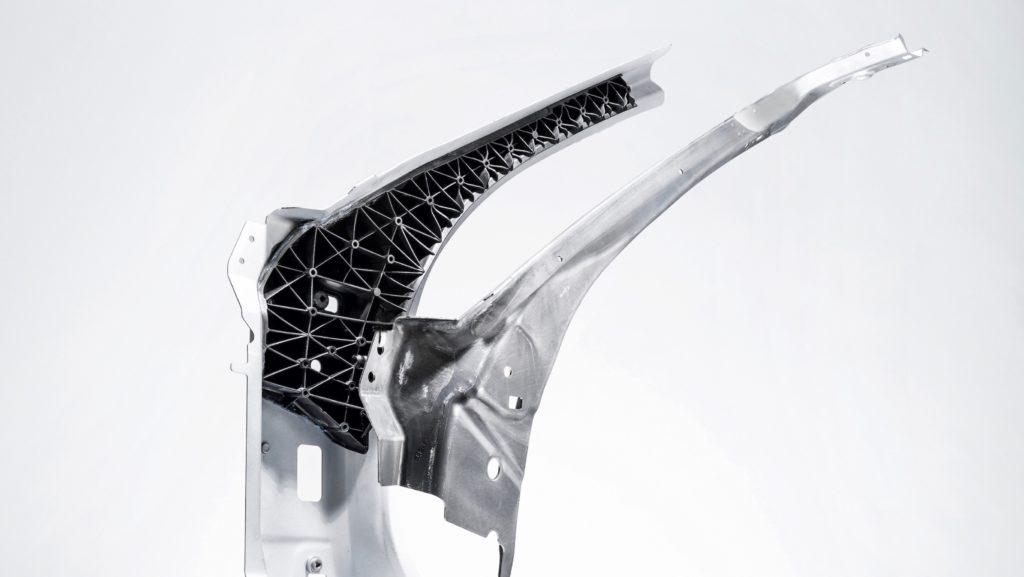
An insert of high-strength steel, clad in molded thermoplastic glass-fiber fabric panels and encased in plastic reinforced with short glass fiber, replaces the traditional steel pipe. This enables the A-pillar to withstand rollovers just as well—at a significantly lower weight. With the optimized brace structure made of plastic ribs, it doesn’t buckle but instead yields elastically and springs back. Before the year is out, research into this new technology will wrap up, removing the final hurdles to its being used in the Porsche lightweight body of the future.
Brake pedal
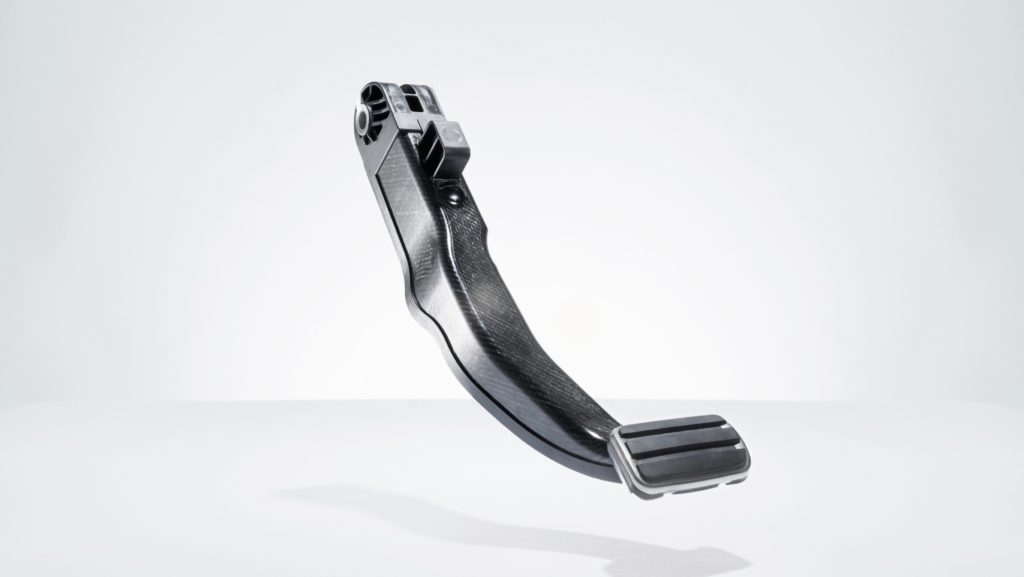
What may soon be found in the A-pillars can already be seen in the footwells of the current Panamera and 918 Spyder—the brake pedal is constructed of precisely the same thermoplastic composite.
Finest stainless steel powder
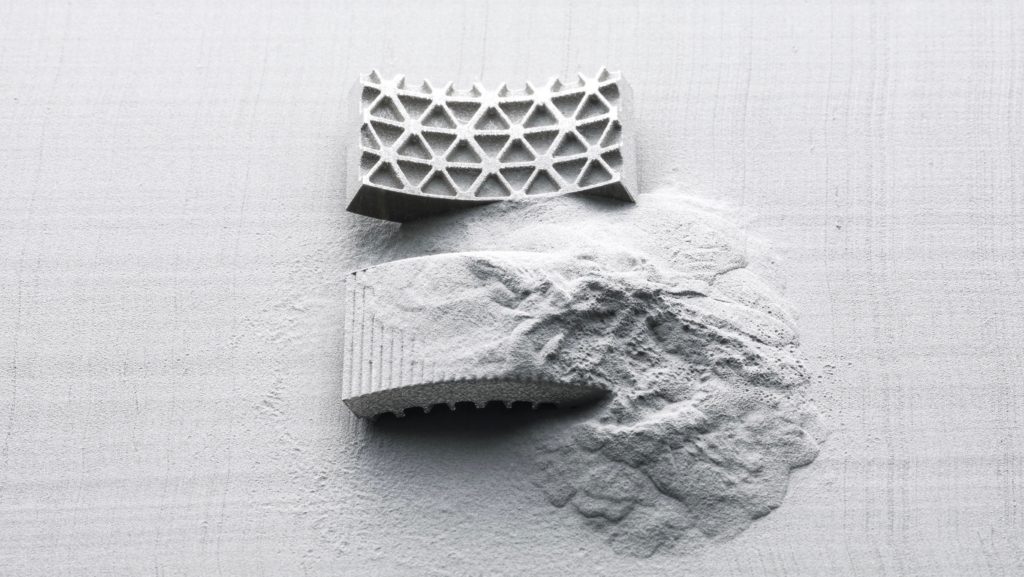
Complex shapes were once a matter for the foundry. But now so-called additive manufacturing methods are revolutionizing thinking: a laser melts powder into practically any shape, layer by layer.
Rotor shaft
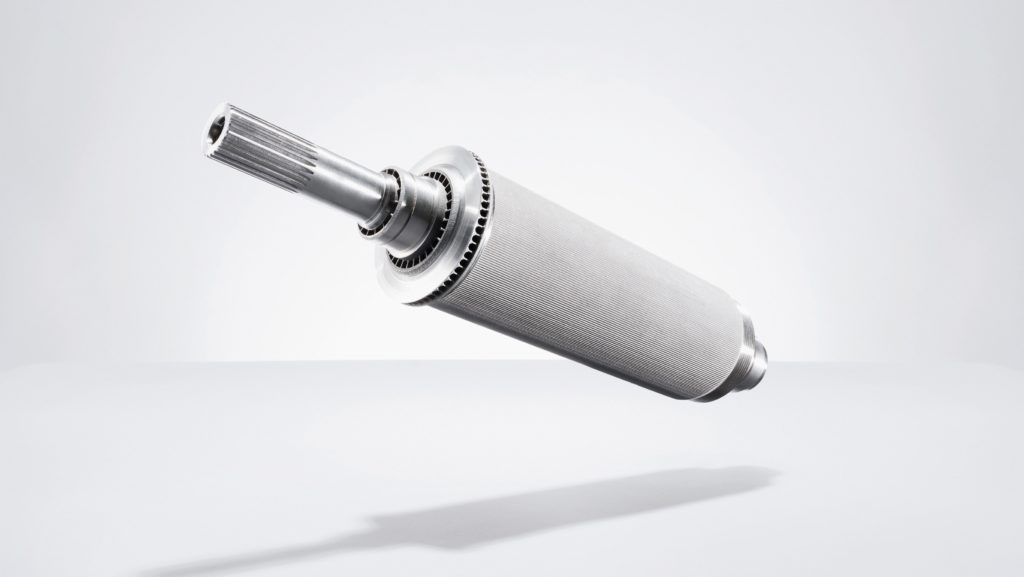
With traditional production methods, the core of an electric motor would consist of multiple parts. Laser melting enables fine ribbing in the interior with minimal material usage. A rotor made in this manner is significantly lighter.
911 GT2 RS side window
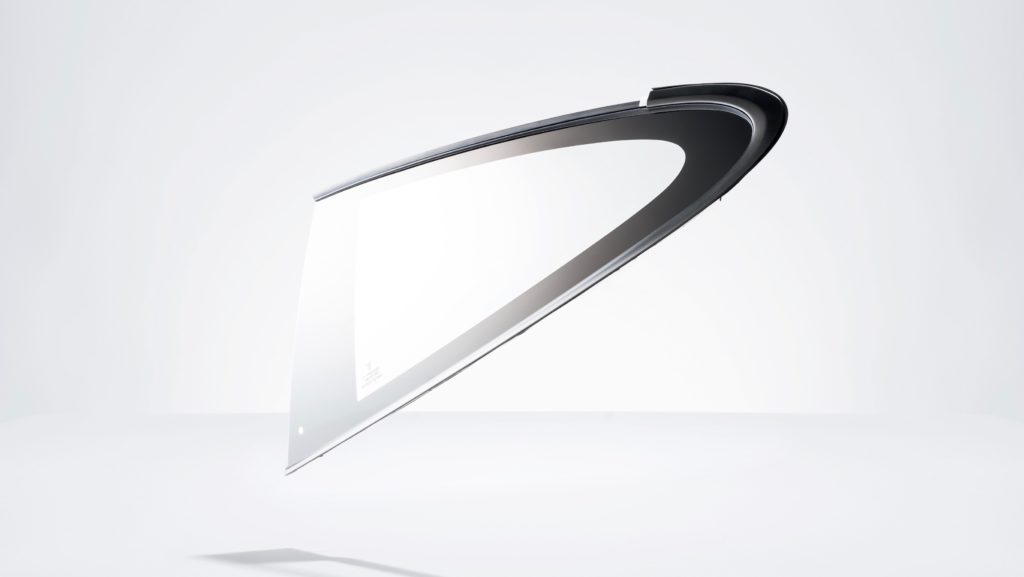
Curved in all dimensions, the high-strength side window of the Porsche GT2 RS—seen here in a prototype stage—not only improves the power-to-weight ratio but also filters out wind noise. All while being 40 percent lighter.
Gorilla Glass
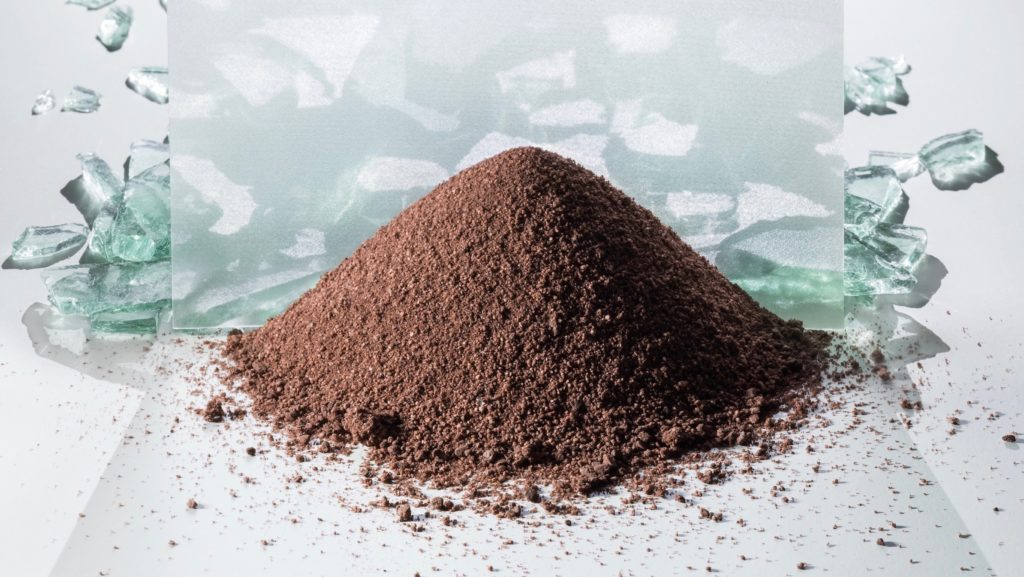
The idea of high-strength, thin-sheet glass originated in the design of displays for cell phones and laptops. Porsche is the first carmaker to make extensive use of this composite glass made of sand, recycled glass, and safety film. More and more new models will be equipped with thin-sheet glass, which is stronger and lighter, offers better UV protection, and could provide display functionality in the future as well.






